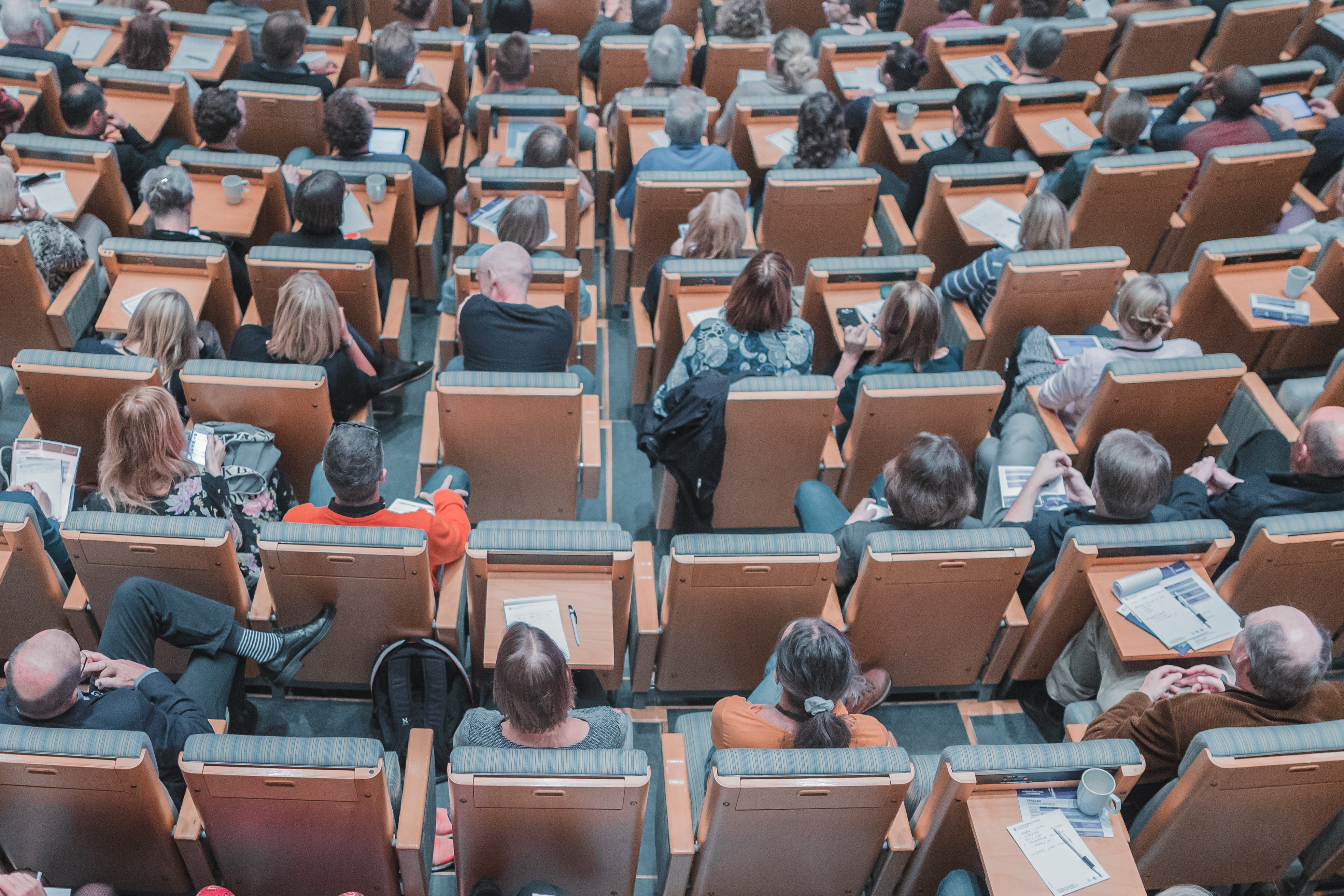Studies in the Relations Between Literature and the Other Arts
Media and Method through East Asia: Toward Interdisciplinary Modes of Knowledge

How do media shape the way we see, hear, feel, read, and think about ourselves and the world? How do works of art teach us how to think about media? Does the “media turn” in the humanities cause us to rethink our methods of study? Drawing examples primarily from modern and contemporary East Asia, we will open new frames of reference for understanding literature, film, visual art, and digital media. How does the “media lens” give us a new window on works that we may have studied for other reasons, or on questions that have been important—such as gender, nation and transnational relations, urban space and environment, race and ethnicity?
With a partial focus on case studies from Japan (the instructor’s primary area), including documentary photography, performance art, literary works, and television, students will also draw on the expertise of local and international innovators in Chinese and Korean studies to open a transnational perspective in order to challenge the limits of inquiries framed in terms of national languages/literatures and even to raise key questions about the structure and legacy of area studies. As we reconsider the “media turn,” we will remain attentive to the materiality and infrastructural assumptions that shape our own research methods: in the end, there will be an opportunity for those who wish to open the range of our research projects to encompass the making of alternative forms of creative (research) works—literary, cinematic, or digital—and we will work collectively with an engineer to learn and document the process of designing an (archiving) app, inspired by the work of a Japanese media artist, as a hands-on opportunity to engage with digital media. The aim is to build a foundation of knowledge about East Asia, media theory and practices and to stretch toward interdisciplinary modes of knowledge.